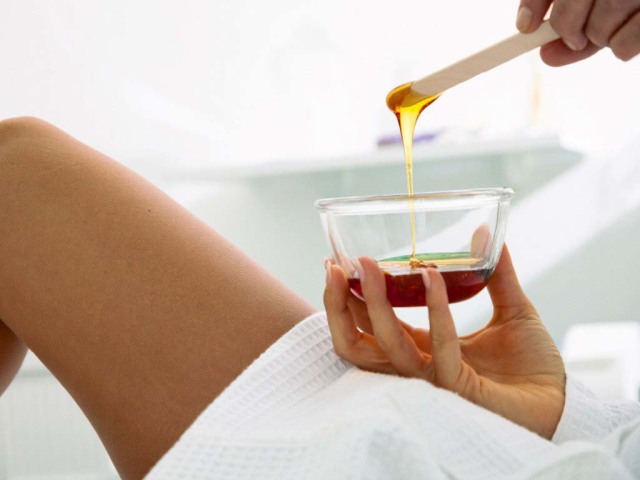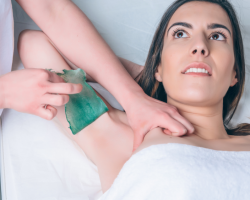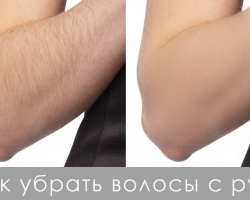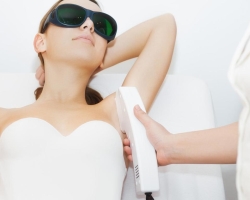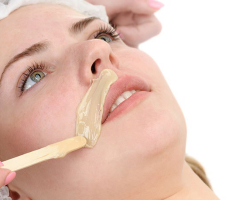How to remove hair with phytoepilation?
Content
- Phytoepilation - hair removal by natural resin
- Advantages of phytoepilation
- Phytoepilation: manual and bandit hair removal technique of phytopaste
- How to remove hair with phytoepylation?
- What is the difference between phyotoepylation and shugaring?
- Pastes for phytoepylation: List
- Video: Phytoepilation
Modern women monitor themselves than our mothers and grandmothers. This is due not only to the advent of a huge number of cosmetic procedures, but also with the desire of the fair sex to look much better. Along with a variety of cosmetic manipulations, procedures appeared to remove unwanted hair from the face and the whole body. One of them is phytoepilation, it is precisely about it that we will tell in this article.
Phytoepilation - hair removal by natural resin
For several years in a row, the peak of popularity among fashionistas that remove hair is shugaring. This is hair removal with sugar paste. However, few people know that there is a more useful alternative to shugarming. This is nothing more than phytoepilation. It is a procedure for removing hair using natural resin.
This product includes honey, lemon juice, pine gum, as well as walnut extract. Thus, the pasta is completely natural, and does not cause allergies. At the same time, the components that make up the paste favorably affect the condition of the skin, nourish and moisturize it.
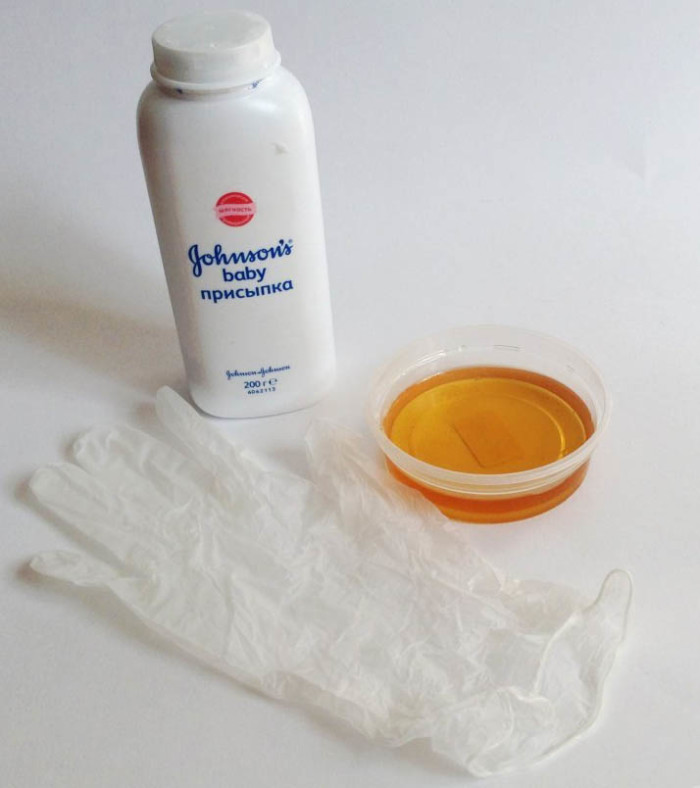
Thanks to this, it is possible to completely exclude cases of hair growth. This is the way for people with African type, with dense and hard hair who are prone to growing. This paste cannot be prepared independently, it is already purchased ready -made. It is worth noting that there are several variants of phytosmola, which is used for hair removal. The type of resin depends on the technique of hair removal and the structure of hair growth.
If phytoepilation is carried out for the first time, then the bandage technique is most often used for this. The essence of the procedure is that the thin layer of pasta is applied against hair growth, and is neatly smoothed using a spatula. Next, a segment of the fabric is applied so that there is a edge that is not covered with paste. After that, a sharp movement of the hand is carried out, with the capture of this canvas and the removal against the growth line. Thus, all hairs remain on the fabric along with phytopasta.
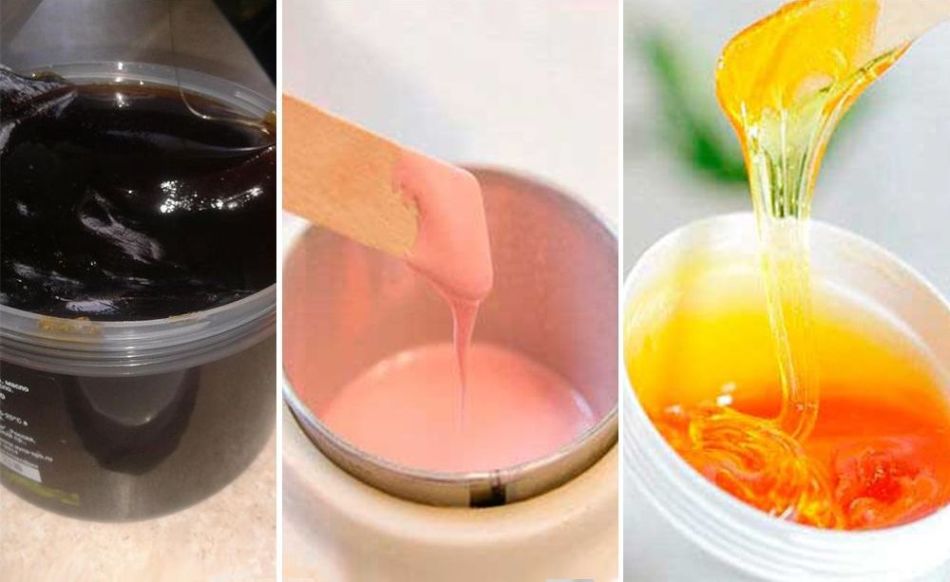
Advantages of phytoepilation
This method is perfectly suitable for girls who remove the hair in the bikini area, as well as armpits. As possible, this method is suitable for women conducting manipulation for the first time. After all, it is quite difficult to remove the hair with manual technology, especially if it is long, thick and grow very tightly to each other. Thus, a lot of pain can be delivered. In the case of phytopasta, this does not happen. The advantages of phytoepilation, along with other hair removal techniques, are that it differs in its exceptional benefit.
Advantages of phytoepilation:
- All hairs are removed against hair growth, as a result of which the appearance of ingrown hairs is minimized
- All ingredients of the pasta are absolutely natural and natural, do not cause allergies or some adverse reactions
- Paste can be used in people who have never done hair removal, and allows one to completely remove all vegetation with one hundred percent effectiveness
- Paste can be used in delicate places, not afraid of its contact with the labia, mucous membrane, as well as the area on the face

Phytoepilation: manual and bandit hair removal technique of phytopaste
It is worth noting that phytoepilation can be carried out using manual or bandit technique. During the manipulation, the paste is not applied with spatulas. That is, to carry out the procedure, you do not need to use any additional funds.
Features of phytoepilation:
- Unlike bandaging technology, there is no need to heat the paste, it can be at room temperature. A small piece of pasta is taken from the jar with his hands, the ball rolls and is applied against hair growth, also breaks down against growth.
- Thus, it is possible to remove the hairs in small areas. This is an ideal method for a home user in the case when the vegetation is not very thick and not long. That is, ideally, we recommend the first a couple of times to go to the procedure to the cosmetologist, and to carry out repeated manipulations on your own at home. Manual technique is quite simple.
- But you need to know several rules. It is best to apply paste to dry skin on which you made scrubbing, removed the dead particles. Next, talcs or baby powder is applied to the skin so that her phytopasta does not stick to the skin, but fixes exclusively hairs.
- In the process of breaking the pasta, it is necessary to pull the skin to fully ensure hair removal and reduce pain. Please note that after hair removal there is no need to use any lotions and special means to remove resin. It is easily washed off with water.
- The first hair removal is carried out using bandit equipment, it is necessary to buy additional equipment for warming the cassettes. Fitopasta for bandaging equipment is sold in the cassettes that are heated. Such a paste is applied in warm form.
- With manual technique, a pasta is used, which is sold in banks and applied without the use of spatulas and additional devices. It is not necessary to warm it. In the salons, the cosmetologist has several types of pastes, which the specialist chooses depending on the condition of the hair, as well as the body. If the hair is very thick, hard, long, then a bandage technique is used using strips. It is similar, as when using a bandage technique with wax. However, this method is much better, since it does not cause irritation, it is completely natural.
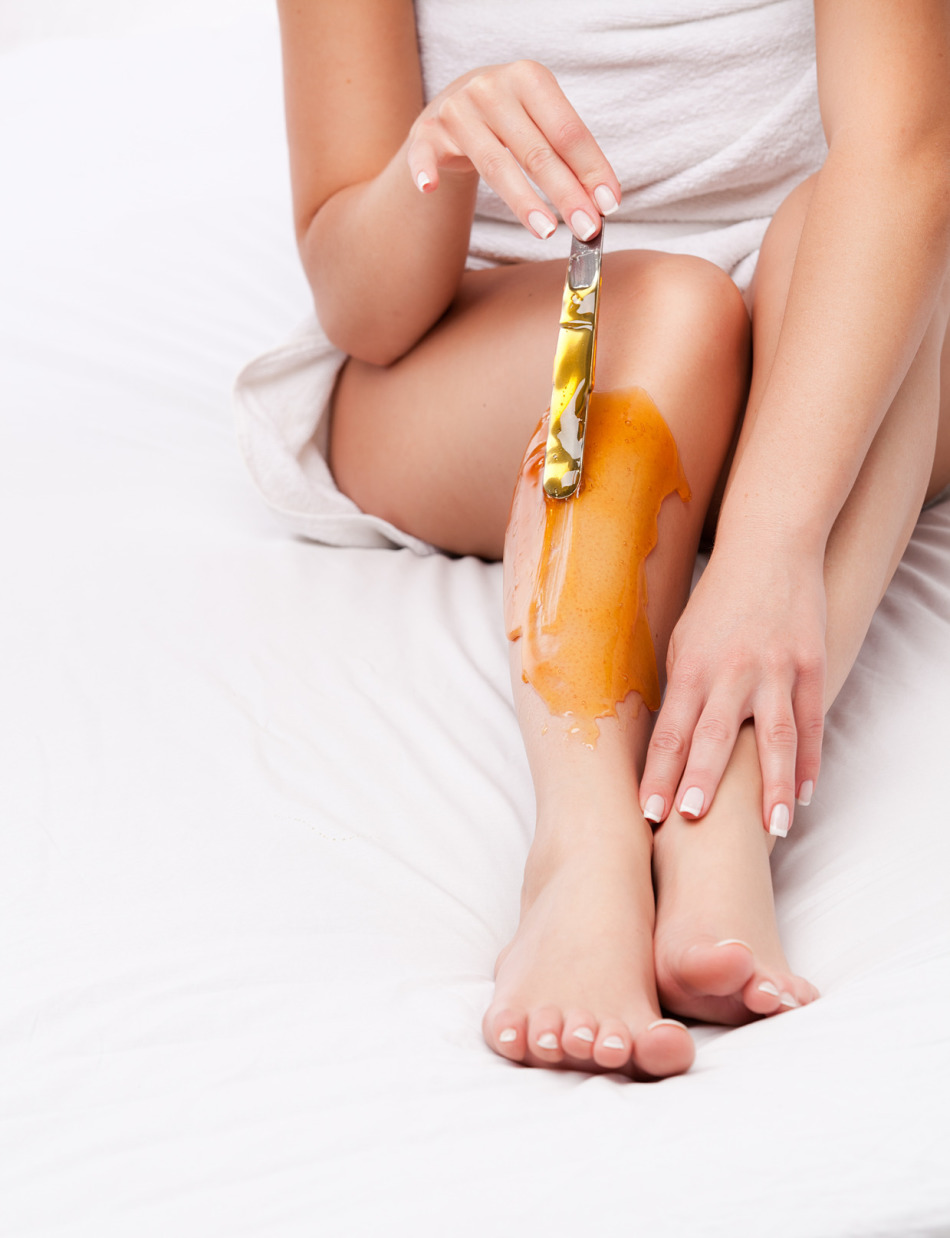
How to remove hair with phytoepylation?
- Do I need to throw the ball after each jerk during manual technology? The procedure is similar to shugarming, only the difference in the composition of the pasta. Thus, the ball that is used in manual technique can be used several times until it loses its adhesiveness, stickiness.
- If you notice that it has become very tight and put it on the skin with effort, then you can replace it with a new ball, taking it from the can, and just throw it away. After the manipulation, in the same way as after shugaring, processing with antiseptics is carried out.
- This is due to the fact that during epilation, open follicles and holes can remain, where there were hairs before. They can be influenced by negative environmental factors. This is especially true if the phytoepilation was carried out on the face or under mice, in the summer.
- Thus, it is necessary to carry out processing using chlorhexidine or other antiseptics. Before applying the procedure, processing is carried out from pathogenic and conditionally pathogenic microorganisms.
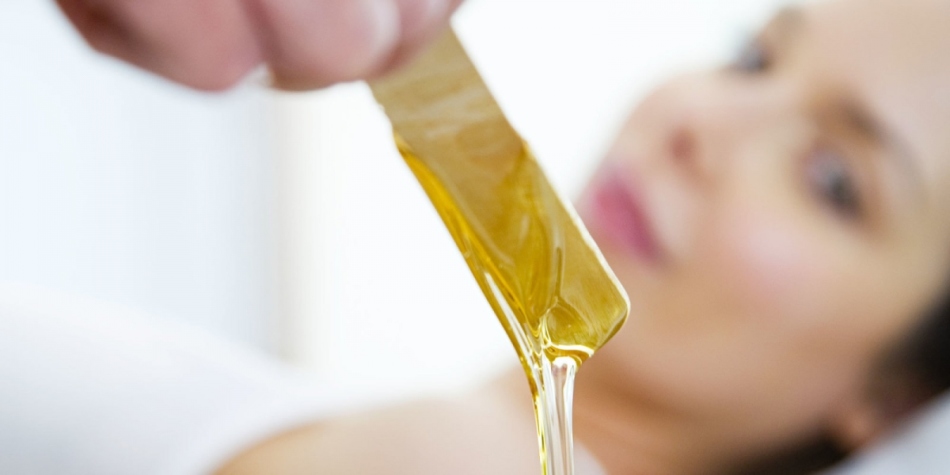
What is the difference between phyotoepylation and shugaring?
Many will ask what is the difference between wax, shugaring, and phytoepyration.
The differences between phytoepilation and shugaring:
- It is worth noting that different techniques for performing the procedure, as well as the products used, are used. As for shugaring, there are no nutrients in sugar paste. That is, they do not feed, do not moisturize the skin, and also do not have an antiseptic effect.
- As for the wax, the phytoepilation is significantly different in that there is no need to warm the mass to high temperature, that is, there is no opportunity to burn or get some injuries.
- The fact is that the wax must be removed with special means. Its excess must be removed using special oils that dissolve the product. The phytosmol is removed using ordinary water.
- Accordingly, this helps to save money because there is no need to purchase a wax, and a means to remove excess wax. Phytoepilation is one of the best means to remove hair at home. There is no need to purchase expensive wax and spare tools.
- Thus, the hair removal is quite cheap, economical. At the same time, significant benefits are observed, since the hair is not only removed during the procedure, but also saturated with useful substances.
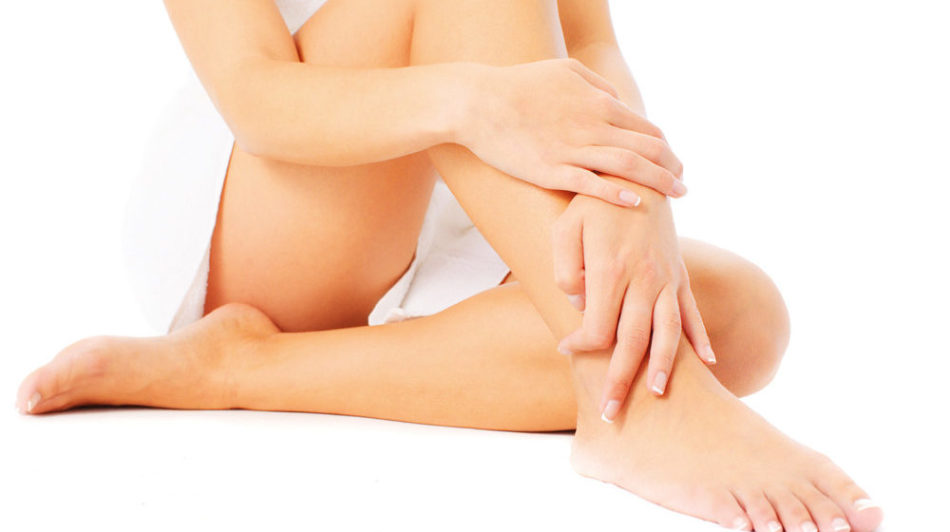
Pastes for phytoepylation: List
Review:
- Ayuna phytosmole for honey -based hair removal
- Phytosmole bandage in the Caset, without a video, Ayuna
- Ayuna ANTIPERSPIRANT, slowing down the sweating
- Pasta without heating Epil Premium

Many cosmetologists also appreciated the advantage of this pasta, because it does not need to be warm, and also use oil to remove. At the same time, wax is considered a more traumatic procedure than phytoepylation.
Video: Phytoepilation

